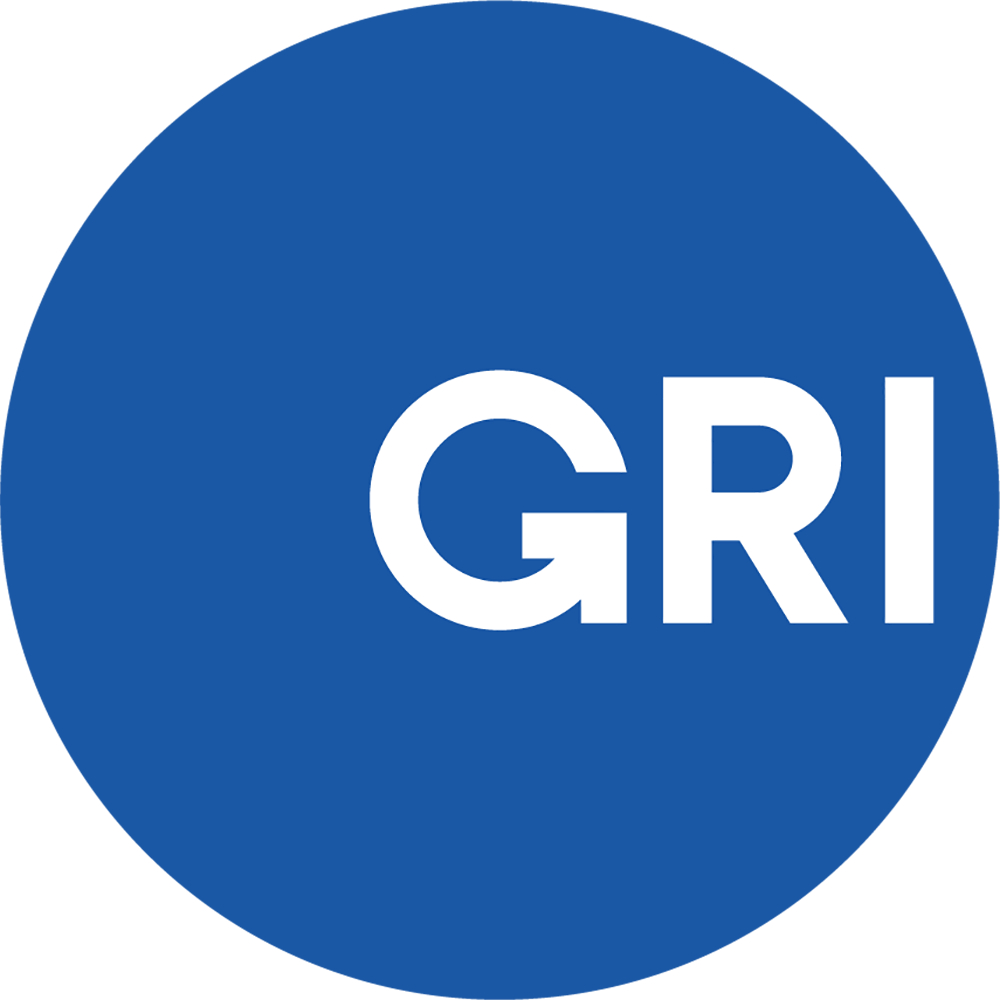How to Address Gender Equality Through Reporting?
Use these GRI Standards to get started

The United Nations Sustainbale Development Goal number 5 aims to eradicate gender inequality by 2030. If the world is to achieve this, it is essential to eliminate the root causes of discrimination that can impede the advancement of women. Companies, whether large or small, are key actors in the struggle for gender equality. In their role as job creators, they can promote equal opportunities when it comes to issues like salary and parental leave. And, by disclosing their impacts, they can help make the good fight more transparent.
Sustainability reporting can help organizations contribute to gender equality by making information about their impacts and actions public and transparent. This helps show commitment to gender equality, and identify areas where making progress could help attract talent and improve business.
There are several ways in which the GRI Standards encourage looking into gender measurements. For example, when an organization wants to attract good employees from a diverse pool, they can turn to GRI 401:Employment. This Standard highlights hiring, recruitment, retention and working conditions, both within the company and throughout the supply chain.
Within the Standard, GRI 401-1 tells a company about its efforts and results when implementing inclusive recruitment practices. It not only focuses on gender, but also on age group and region. And it highlights turnover rates, which can help indicate whether policies are incompatible with the needs of specific groups within the company or potential inequity in the workplace.
GRI 401-3 deals with parental leave policies, which have been identified as a good measure to help manage the challenge of combining work and family life for both men and women. Moreover, equitable maternity and paternity leave, as well as other leave entitlements, can lead to better recruitment, better employee morale and increased productivity.
Another example of how the GRI Standards can help companies explore their policies related to gender is GRI 405: Diversity and Equal Opportunity. This disclosure encourages the reporting organization to describe the legal and socioeconomic environment that provides opportunities for, and barriers to, gender equity. The disclosure also focuses on age, and can include minority or vulnerable groups, so it can help provide quantitative data that helps organizations make decisions to promote diversity, eliminate gender bias and support equal opportunity. This can help retain qualified employees.
In summary, these and other GRI Standards can help organizations address issues of gender equality more broadly. This will help companies identify their impacts on these matters, and act to benefit from a more diverse, equal, and productive workforce.
Want to find out more? Why don't you download the GRI Standards, for free. For more updates from GRI, you can subscribe to the monthly newsletter.

